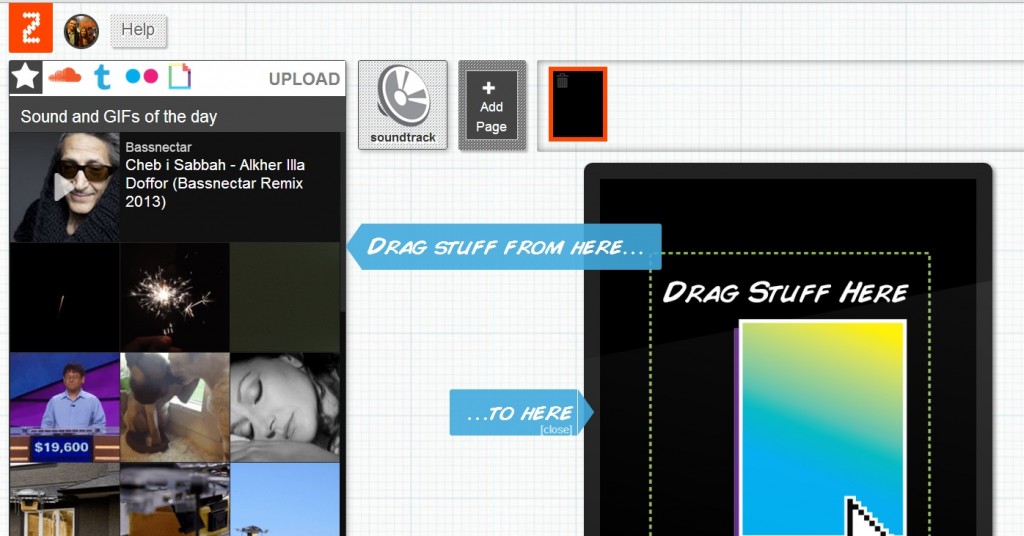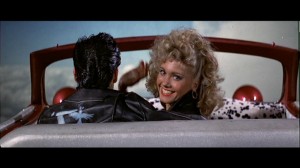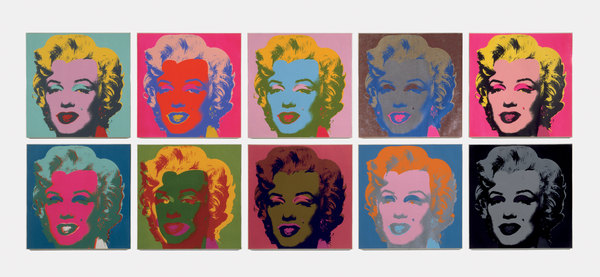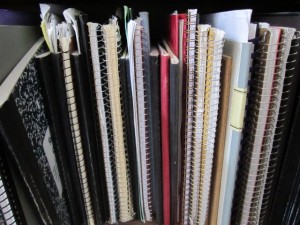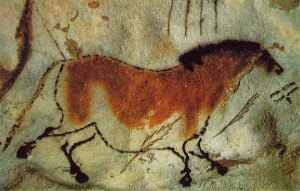Right of the bat this did not turn out to be the nonlinear video making software I hoped for. Based off its brief mention in the lecture, I assumed that Popcorn video maker would resemble Kosakow or even Zeegas. Instead it is more of an online Windows Movie Maker. It did have a few neat features in the way you could edit videos that have been uploaded to youtube or vimeo without downloading them. I don’t understand why other major video editing programs, such as Sony Vegas or Adobe Premiere have not adopted this feature in some way, big or small. It appears as though this program is made for people wanting to get a quick rough cut done. It’s fast, easy, and judging by its time line at the bottom , linear.

